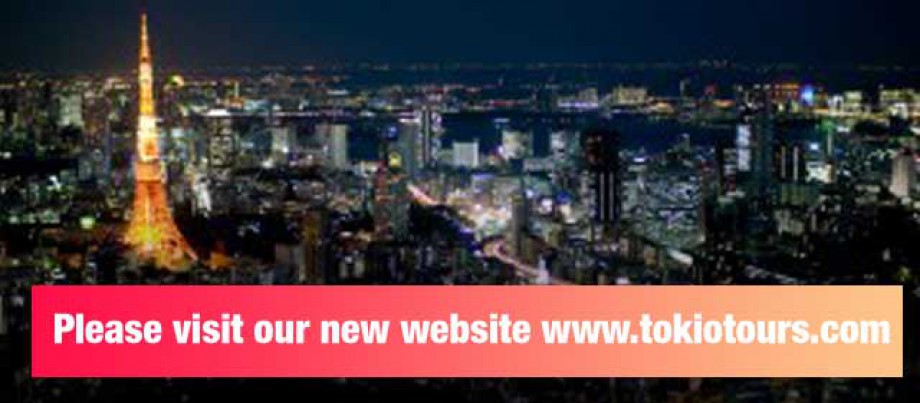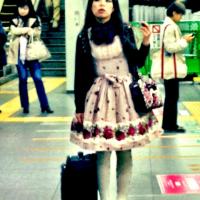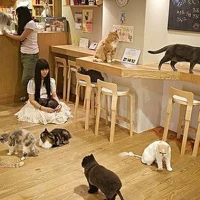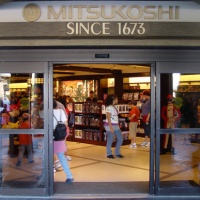
Lake Biwa (琵琶湖 Biwa-ko; is Japan‘s largest freshwater lake and the defining feature of Shiga prefecture. The lake is most likely named after the Japanese stringed instrument biwa, whose shape resembles the lake. The entire lake is now designated as a protected Quasi-National Park.
Places of interest
- Hikone – an old castle town on the route between Kyoto and Nagoya
- Nagahama – A small city with a number of historical attractions.
- Otsu – the capital of Shiga prefecture
- Sakamoto – gateway to Mount Hiei
- Mount Hiei – temple complex home to the esoteric Tendai sect of Buddhism
- The islands of Chikubu and Takeshima are popular spots of pilgrimage
- The Okishima island in the lake is the only inhabited lake island in Japan.
How to get there
The JR Tokaido Main Line and the Tokaido Shinkansen lines run more or less along the southern and eastern coasts of the lake, connecting Otsu and Hikone to Kyotoand Osaka in the west and Nagoya in the east. The private Keihan Keishin Line (京阪京津線) provides the cheapest way of getting from Kyoto to Otsu and onward with a change of train to Sakamoto.
What to see
Lake Biwa attracts many birds and along with them birdwatchers. There are a large number of historical towns surrounding the lake, including Hikone, with one of Japan’s 12 remaining original castles, Omihachiman, with an attractive restored canal area and a number of museums, Sakamoto, with the World Heritage Site temple Enryaku-ji, the famous temple of Ishiyama-dera, where Lady Murasaki wrote The Tale of Genji, and Nagahama, with Japan’s oldest remaining train station building, an attractive historical district, and some significant temples and shrines, as well as a reconstructed castle. The lake is also known for beautiful sunsets, especially when viewed from the east side of the lake as the sun sets over the mountains to the west.

Visit Omimaiko Beach. The water is very clean and the beach is very relaxing. Many people flock there on weekends and you can also camp there. It is better than going to most seaside beaches in Kansai as it is so clean. From Osaka it takes 1 hour by train (JR) to Omimaiko Station and only 30 minutes from Kyoto.
What to do
Lake Biwa’s tourism industry subsists on fishing, boat rentals and an assortment ofwatersports, including even scuba diving for those who want to plumb the depths of this rather murky lake. There are a number of hot springs in the towns and mountains that surrounded the lake. There are also good hikes in the Hira-san mountain range on the west side of the lake.
A bicycle rental for ¥500 per day for a “mama-chari” type bicycle (a single speed 26 inch bike with a highly adjustable and comfortable seat and a basket in front) from right next to the train station from Osaka. Bicycling around the Lake Biwa area is great fun, with wide paved paths in many places, and approximately a 220km bike ride to go around the lake. Bicycle friendliness is evident everywhere and you should be able to find places to stay at various points around the lake if you bike tour. Witness four man or woman rowing teams in action on the Satagawa River during your tour. Ride a functioning sternwheeler, the “Michigan”. Many parks, public restrooms and places to get water or drinks are near the southwestern part of the bike path. A volleyball court is on the beach northwest of of the southernmost bridge and many joggers also share the bike paths. Fishing from a boat or the shore, kayaking and sailing are popular here. A successful cicada hunt by a young boy with a butterfly net was witnessed, but giving off a loud buzzing sound, the cicada got away when the boy lifted his net. Kite flying during windy conditions could also be fun here, with no nearby wires to foul the kite line.

What to eat & drink
Bring a portable BBQ set out to Omi Maiko or Shiga Beach. Alternatively, at Omi Maiko, in summer you can find some local food vendors that offer tasty local grub.
Load up a cooler full of whatever you like. There is a reasonable, tropical-themed, outdoor beach bar on the eastern end of Omi Maiko. Part of a hotel, they offer BBQ dinners at brick tables.

Where to stay
Wanihama Seinen Kaikan (和邇浜青年会館). Tel. 077-594-4203. If you want to experience truly rural Japan, this is it. The hostel is a huge, rambling, decrepit complex of buildings maintained (in the loosest sense of the word) by an old couple, who add up your bill with an abacus! Located inconveniently 1.5km through rice paddies from JR Wani station, on the western shore of the lake. The upside is the price: one night costs just ¥2800 for Hostelling International members, and odds are you’ll get your own room complete with private bathroom and TV for this.























